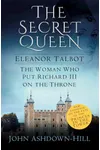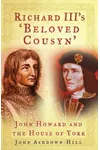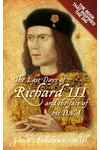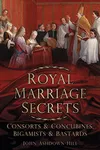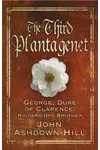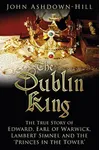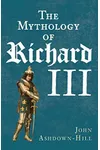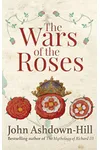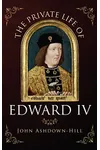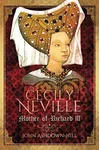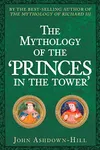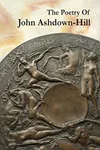Picture a historian who turned the hunt for a long-lost king into a real-life detective story—meet John Ashdown-Hill! This British scholar didn’t just write about the past; he rewrote it, uncovering secrets of the House of York and leading the charge to find Richard III’s remains. With his sharp mind and passion for medieval mysteries, Ashdown-Hill became a legend in historical research.
Born Louis John Frederick Ashdown-Hill, he blended linguistic flair with historical rigor, earning an MBE for his groundbreaking work. From dusty archives to DNA labs, his journey is a tale of curiosity and persistence that still inspires history buffs today.
The Making of John Ashdown-Hill
Born on April 5, 1949, in London, Ashdown-Hill was a polyglot with a knack for languages like French, Spanish, and modern Greek. He studied at the University of East Anglia and earned a PhD in medieval history from the University of Essex. Initially a teacher, he crisscrossed the UK, Tunisia, Spain, and Turkey, sharing his love for languages and classical civilization. But history called louder, and by the early 2000s, he ditched the classroom to chase medieval enigmas full-time.
His fascination with the House of York and Richard III sparked when Belgian colleagues asked him to trace Richard’s mitochondrial DNA in 2003. This request set the stage for a career that would blend genealogy, archaeology, and a touch of detective work, making Ashdown-Hill a pivotal figure in Ricardian scholarship.
John Ashdown-Hill’s Unforgettable Works
Ashdown-Hill’s books are like treasure maps for medieval enthusiasts, packed with fresh insights and meticulous research. His standout work, The Last Days of Richard III and the Fate of His DNA (2010, revised 2013), dives into Richard’s final 150 days, debunking myths and tracing his DNA to a living descendant in Canada. It’s a gripping mix of biography and scientific sleuthing that inspired the 2012 Leicester dig.
Other gems include Eleanor the Secret Queen (2009), which explores Eleanor Talbot’s controversial marriage to Edward IV, and The Third Plantagenet (2014), a deep dive into George, Duke of Clarence. Royal Marriage Secrets (2013) dishes on medieval scandals, from bigamy to royal consorts, showcasing Ashdown-Hill’s knack for uncovering hidden truths. His style—clear, passionate, and unapologetically Ricardian—challenges Tudor propaganda and invites readers to rethink history.
Even after his death in 2018, his final work, The Mythology of the Princes in the Tower (2018), cemented his reputation as a historian who dared to question established narratives, blending archival evidence with bold theories.
Why John Ashdown-Hill Matters
Ashdown-Hill’s impact goes beyond books. His DNA research and historical detective work led to the 2012 discovery of Richard III’s remains under a Leicester car park, a find that captivated the world. By tracing an all-female line from Richard’s sister Anne to Joy Ibsen in Canada, he provided the genetic key to confirm the king’s identity, earning him an honorary doctorate from the University of Essex in 2014 and an MBE in 2015.
His work with the Richard III Society and the Looking for Richard Project sparked global interest in medieval history, inspiring films like The Lost King. Ashdown-Hill’s legacy lives on, encouraging historians to blend science and scholarship to uncover the past’s secrets.
About John Ashdown-Hill
- Born: April 5, 1949, London
- Died: May 18, 2018, from motor neurone disease
- Key Works: The Last Days of Richard III, Eleanor the Secret Queen, The Third Plantagenet
- Awards: MBE (2015), Honorary Doctorate (2014)
Ready to unravel medieval mysteries? Grab The Last Days of Richard III and dive into Ashdown-Hill’s thrilling world of history and discovery!
